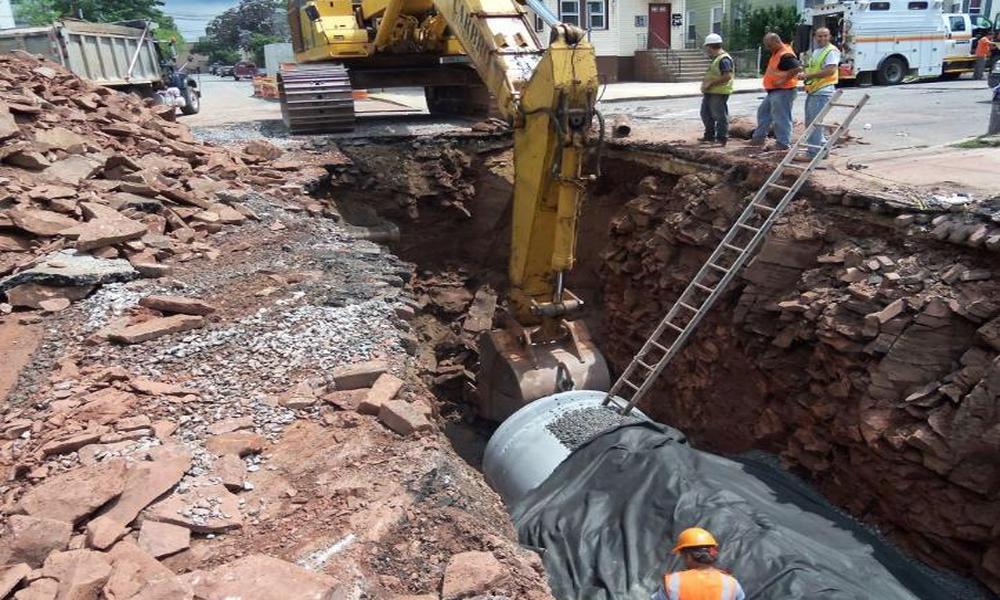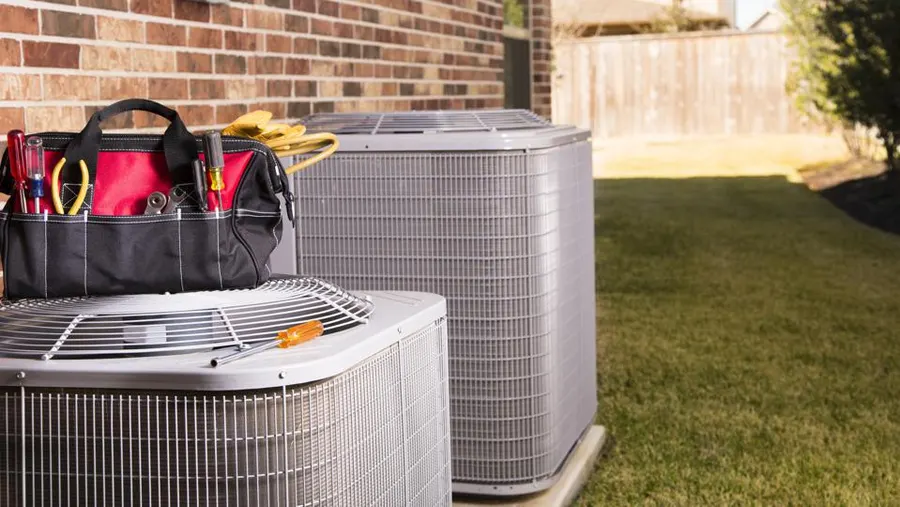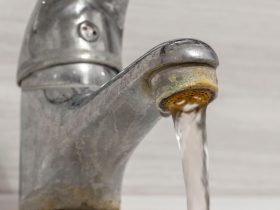Water conservation is crucial in our world today. Being water-wise means using water wisely and reducing the impact of our activities on our local streams, rivers, and lakes. Each year, heavy rainfall causes immense damage to properties and infrastructures as the rivers and lakes swell beyond their limits. However, certain stormwater restoration strategies can help to prevent damage and help conserve our water infrastructure.
This blog post discusses ten proven stormwater repair strategies that you can implement to make your infrastructure “water-wise.”
10 Proven Strategies For Stormwater Repair
1. Rain Gardens and Green Roofs:
Rain gardens and green roofs help to reduce the impact of stormwater runoff by diverting water to areas that can absorb it. The water that is soaked by these green infrastructure systems is slowly released back into the soil, thus reducing flooding in the surrounding areas. Some of the popular plants for rain gardens include sedges, rushes, and ferns, which help create habitats for pollinators and other wildlife.
2. Permeable Pavements:
Permeable pavements allow for rainwater to be absorbed into the ground instead of flowing into stormwater systems. They are made up of porous materials or have built-in channels that allow the water to percolate directly into the soil. These pavements help to reduce the rate of stormwater flow and reduce the risk of flooding in surrounding areas.
3. Rain Barrels and Cisterns:
Rain barrels and cisterns are an excellent way of harvesting rainwater from rooftops, which can then be used for irrigation, car washing, and other non-potable uses. The captured rainwater can be used for all kinds of purposes, thereby helping to conserve the water supply.
4. Bio-Retention Swales:
Another strategy for stormwater repair is bio-retention swales. Bio-retention swales are landscaped channels or depressions designed to remove pollutants and excess water from stormwater runoff. These swales help to remove the pollutants from the stormwater, thereby minimizing the impact of pollution on streams and lakes.
5. Grassed Swales:
Grassed swales can be used in areas that require low-impact development to manage stormwater runoff. They work by slowing down the stormwater runoff and allowing the water to infiltrate the soil, which results in less runoff. They are an excellent choice for areas with moderate slopes and can be landscaped with native vegetation to help increase their effectiveness.
6. Site Grading:
Site grading is a process that can be used during construction to direct stormwater from high areas to lower areas. It can help in preventing water from flooding in low areas and can be used to divert water to a catchment or swale that can absorb the water.
7. Rainwater Harvesting:
Rainwater harvesting is a suitable strategy for properties without stormwater structures in place. It involves using rain barrels, tanks, and cisterns to collect and store rainwater before it is released into stormwater systems. This strategy reduces the volume of water that flows into stormwater systems and reduces runoff.
8. Vegetated Swales:
Another strategy for stormwater repair is vegetated swales. Vegetated swales are natural features that can be incorporated into a property’s landscape to reduce stormwater runoff. They are designed to capture and treat stormwater, thereby reducing the amount of runoff entering the stormwater system. Vegetated swales can be used around properties and can be planted with native vegetation to increase their effectiveness.
9. Vegetated Roofs:
Vegetated roofs are an excellent way of reducing the amount of stormwater runoff. They involve placing a vegetated layer on top of a waterproofing layer on roofs. The vegetated layer captures and absorbs the rainwater that falls on it, thereby reducing the amount of runoff that flows into streets and sidewalks.
10. Tree Planting:
Tree planting is a low-cost strategy for reducing the amount of stormwater that flows into stormwater systems. Trees absorb a large amount of water from the soil and can help reduce water runoff during heavy rainfall. They are an excellent choice for front yards, parks, and other public spaces.
Conclusion:
Today, property owners face the challenge of managing stormwater runoff to reduce the impact of floods and improve water conservation efforts. As every second person faces the challenge of conserving the existing water infrastructure, stormwater repair strategies such as Rain gardens and green roofs, permeable pavements, rain barrels and cisterns, bio-retention swales, grassed swales, site grading, tree planting and vegetated swales are becoming increasingly necessary and effective.









